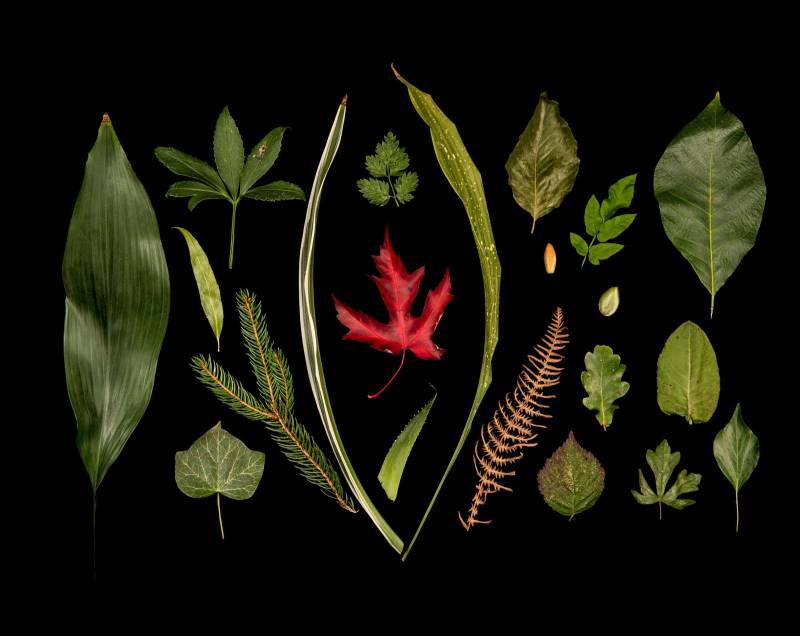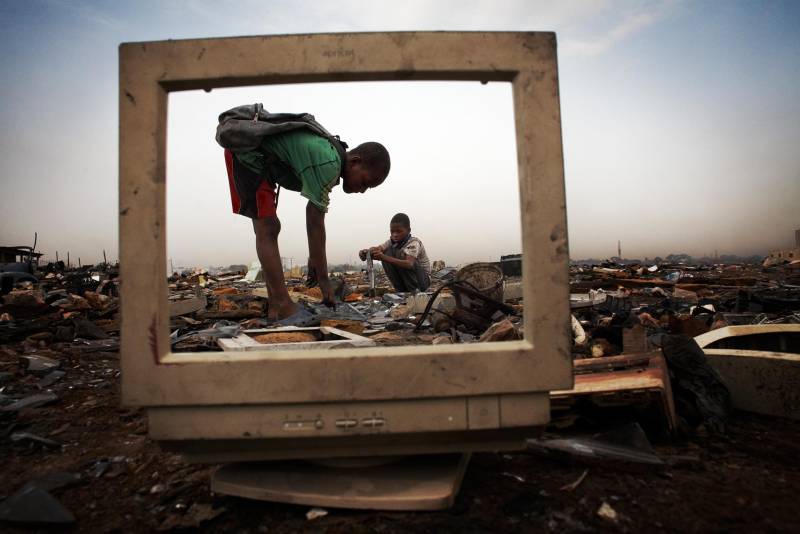After more than a decade of negotiations, The United Nations have agreed on an international treaty to protect biodiversity in international waters, which cover nearly two-thirds of the ocean. The historic treaty is essential for enforcing the 30x30 pledge, which was made by nations at the UN biodiversity conference in December, to protect a third of the sea (and land) by 2030. Without a treaty, this goal would undoubtedly not be achieved because there is currently no legal framework in place to create MPAs on the high seas. The treaty, which covers nearly two-thirds of the ocean outside of national borders, will offer a legal framework for creating sizable marine protected areas (MPAs) to guard against the extinction of wildlife and distribute the genetic resources of the high seas. It will create a conference of the parties (Cop) that will convene on a regular basis. Ninety-five percent of the planet's biosphere is made up of ocean ecosystems, which also serve as the largest carbon sink in the world and produce half the oxygen we breathe. But up until now, this region has been more vulnerable to exploitation than coastal waters due to the fragmented and haphazardly enforced laws governing the high seas.
The EU, US, UK, and China, collectively known as the High Ambition Coalition, played a significant role in brokering the agreement by forging coalitions rather than sowing discord and demonstrating a willingness to make concessions in the final days of negotiations. The treaty's implementation in a fair and equitable manner was made possible thanks in large part to the Global South. A "final" agreement has been hammered out by member states for the third time in less than a year at the UN's New York headquarters. The negotiations, which began on February 20 and lasted for over two weeks, were the fifth round of discussions after earlier discussions ended in impasse in August of last year. Even though reaching an agreement between 193 countries was a significant accomplishment, conservationists claim there is still much room for improvement. Countries specifically agreed that existing bodies already in charge of regulating activities like fisheries, shipping, and deep-sea mining could continue to do so without being required to conduct environmental impact assessments as specified by the treaty.
Key to fairly share marine genetic resources (MGR) and any profits was one of the main issues that separated developing and developed countries. Due to their potential for use in pharmaceuticals and cosmetics, MGR, which are made up of the genetic material of bacteria, corals, krill, seaweed, and deep-sea marine sponges, are gaining more and more scientific and commercial attention. The process for establishing marine protected areas and the model for environmental impact analyses of planned activities on the high seas were other contentious issues. The European Union pledged €40 million ($42 million) in New York to aid in the ratification of the treaty and its quick implementation, in a move seen as an effort to foster trust between wealthy and developing nations.

“In Singapore, we like to go on learning journeys, and this has been the learning journey of a lifetime,” Lee said. She thanked delegates for their dedication and commitment. “The success is also yours,” she told them.- Rena Lee of Singapore. “We are really happy. The world is so divided and to see multilateralism supported is so important. “What’s really important is now to use this tool to develop this 30x30 target into force really quickly.” -Veronica Frank. “High seas marine protected areas can play a critical role in the impacts of climate change,” said Liz Karan, director of Pew’s ocean governance project. “Governments and civil society must now ensure the agreement is adopted and rapidly enters into force and is effectively implemented to safeguard high seas biodiversity.” The European commissioner for the environment, ocean and fisheries, Virginijus Sinkevičius, described the agreement as a “historic moment for the ocean” and the culmination of more than a decade of work and international negotiations. “With the agreement on the UN High Seas Treaty, we take a crucial step forward to preserve the marine life and biodiversity that are essential for us and the generations to come,” he said. “It is also a proof of strengthened multilateral cooperation with our partners and a major asset to implement our COP 15 goal for 30% ocean protection. I am very proud of our outcome.”

Michael Imran Kanu, the head of the African Group and ambassador and deputy permanent representative to the UN for legal affairs of Sierra Leone, said the treaty was “robust and ambitious”. Kanu, who expressed concerns during talks over the fair and equitable sharing of benefits, said: “We really achieved amazing results” on this issue. Monetary and non-monetary benefits would be shared and an initial upfront fund would be set up under the treaty. He welcomed the adoption of the “common heritage of humankind” as a key principle for the high seas, which was a red line for many developing states. “That was significant for us”, he said.
Monica Medina, the US assistant secretary for oceans, international environment and scientific affairs, who attended the negotiations in New York, said: “We leave here with the ability to create protected areas in the high seas and achieve the ambitious goal of conserving 30% of the ocean by 2030. And the time to start is now.” Rebecca Hubbard, director of the High Seas Alliance, said: “Following a two-week-long rollercoaster of a ride of negotiations and superhero efforts in the last 48 hours, governments reached agreement on key issues that will advance protection and better management of marine biodiversity in the high seas.” “What happens on the high seas will no longer be ‘out of sight, out of mind,” said Jessica Battle of WWF in a statement after leading the group’s team at the negotiations. “We can now look at the cumulative impacts on our ocean in a way that reflects the interconnected blue economy and the ecosystems that support it.”
Theguardian



